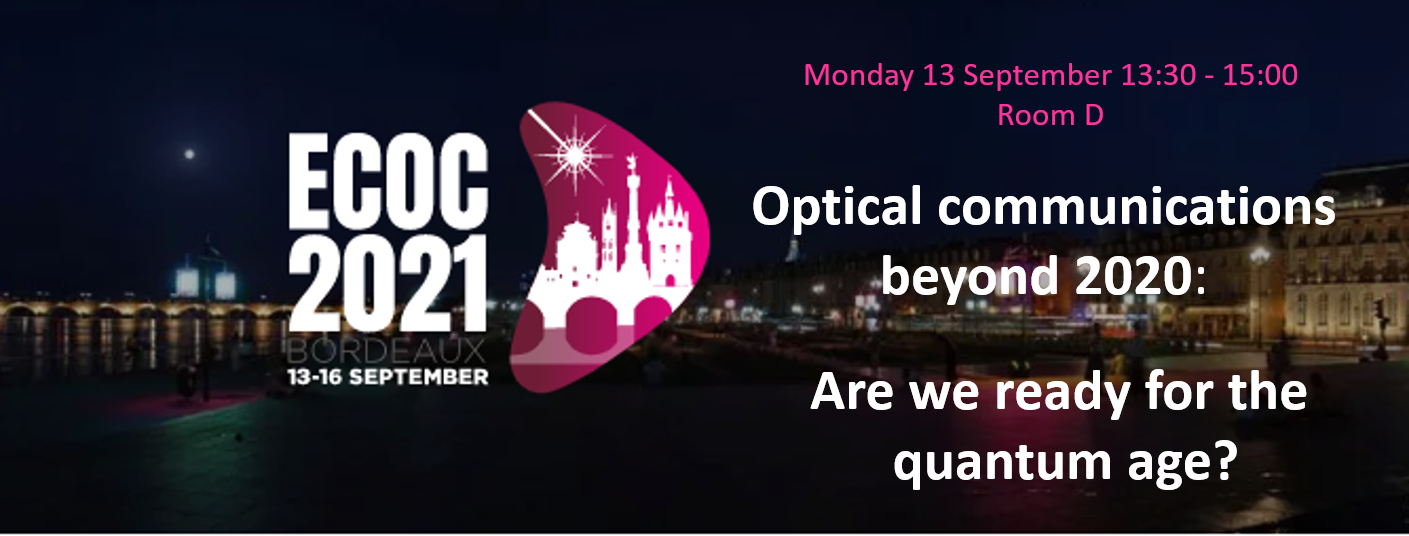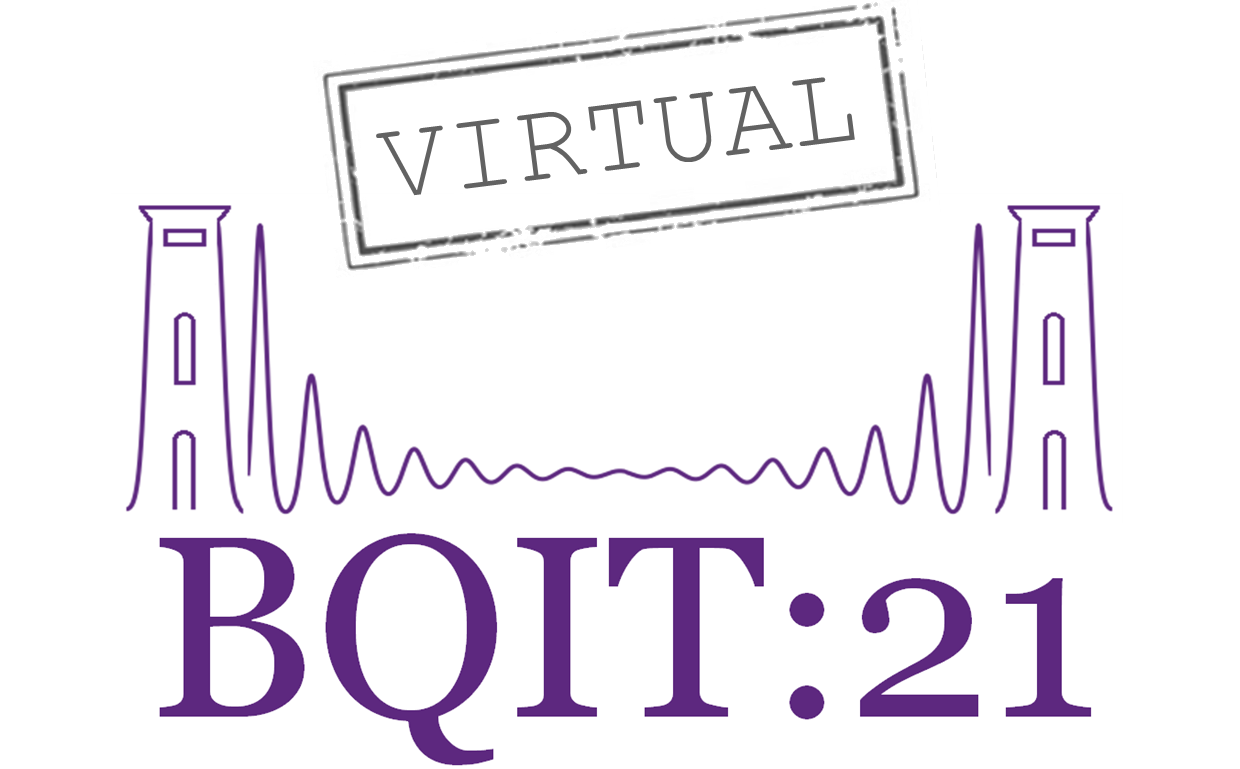Title
Linear SPAD array for quantum communication
Authors
A. Incoronato, F. Severini, F. Madonini, F. Villa, F. Zappa
Abstract
Quantum communication is a fast-growing field that takes advantage of the quantum physics laws to protect and secure sensitive data. This work takes part of the European project UNIQORN (Affordable Quantum Communication for Everyone: Revolutionizing the Ecosystem from Fabrication to Application) whose aim is to develop a Quantum Systemon- Chip (QSoC) for telecom application. One components of the overall developed systems is an integrated circuit with photodetectors to enable the Quantum Random Number Generator (QRNG) block of the system, tailored to communicate with a non-linear optics circuit to be assembled onto it.
The integrated circuit, fabricated in a BCD 160 nm technology, consists of a 32×1 linear array based on Single-Photon Avalanche-Diode (SPAD) detectors for the generation of a raw random number, by revealing the position on the array of the single photon impinging on it. The linear array architecture consists of 32 pixels, with 125 μm pitch, each made by 4 SPADs with different diameter (5 μm, 10 μm, 20 μm, and 50 μm). Two operation modes are implemented: Single-Hit Mode (able to reveal the 5-bit position of the pixel triggered by a single photon, representing a pseudorandom number, in a time window synchronous with the laser emission) and Multi-Hit Mode (used to identify a coincidence of a given number of photons detected within a specified time window).
Venue
SPIE Optics + Optoelectronics, 2021
Place and date
Online, 19 – 23 April 2021
 We are delighted to announce that UNIQORN will organise together with OPENQKD Project the “Optical communications beyond 2020: Are we ready for the quantum age? workshop at ECOC 2021 in Bordeau, France!
We are delighted to announce that UNIQORN will organise together with OPENQKD Project the “Optical communications beyond 2020: Are we ready for the quantum age? workshop at ECOC 2021 in Bordeau, France!
